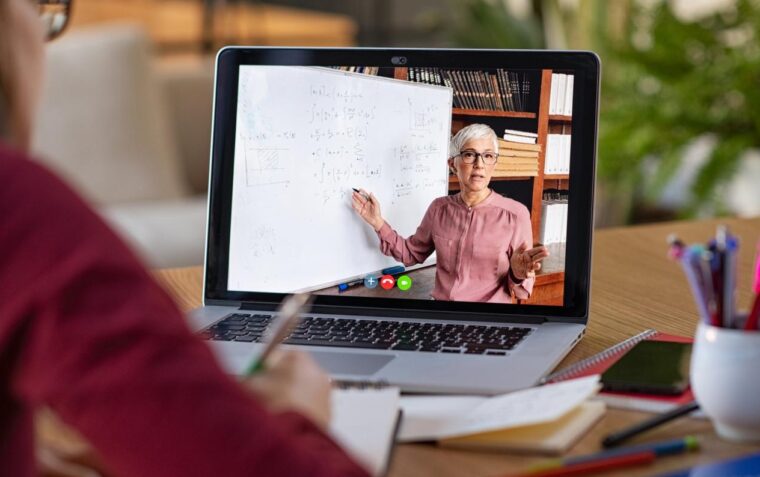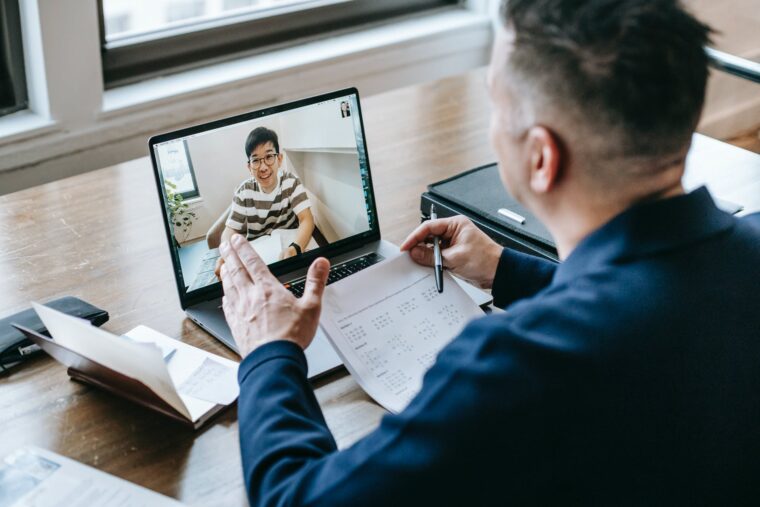Distance learning has gained a role in the educational process alongside traditional types of education in recent decades. But despite its rapid growth, its regulatory and legal support lags behind the realities. Is the educational organization ready to use ICTs in its daily work?
3 Main Types of Education
The right to choose the form of education belongs to the parents (legal representatives) of the student, who can thus choose either to receive education in an educational organization or family education.
A form of education can be:
- Full-time,
- Part-time, correspondence,
- E-learning and other educational technologies
Thus, it is the parents’ right to choose the form of education, and the right of the educational organization to determine the form of education and the technologies to be used.
For many categories of students, this form of education is badly needed.
The need for this method of education is due to various factors, among which are:

- The importance of interactive engagement between students and teachers;
- The education of disabled children;
- The possibility of educational interaction with students during their illness;
- During the extramural (externship) form of education;
- Performance of project work;
- Individual work with gifted children;
- Additional opportunity to control the students’ knowledge.
According to StudyEssay writing company, distance learning came into school life from universities. Practice shows that this type of learning is not so confidently developing, but still enters the secondary education.
How to Regulate Such Activity?
The organization should design an adequate rule to control the method for providing educational services utilizing distant technologies. Let us consider some of the elements that should be included in such a provision.
Organizations provide educational and methodological assistance to students when implementing educational programme. Some of them use e-learning technologies, including in the form of individual consultations provided remotely using information and telecommunication technologies.
Furthermore, while using e-learning or distance learning technologies to execute educational programmes, businesses preserve records and save the results of the educational process as well as internal documents in hard copy and (or) electronic digital form. The accounting method used should be reflected in the provision.
The provision should specify the grounds for enrollment (transfer) of the student to the form of education with the use of distance learning technologies, transfer and expulsion from this form of education.
The application of parents is the foundation for a student’s enrolment (transfer) to a type of education using distant learning technology (legal representatives). On the basis of this application, enrollment in an educational institution (transfer from one type of education to another), as well as full-time training, is granted by order of the educational institution’s head, based on a comprehensive set of papers.
It should be mentioned that, just like with full-time education, the educational institution must inform the parents (legal representatives) about:

- The educational institution’s charter;
- The license granting the permission to undertake educational activities;
- The educational institution’s state accreditation certificate;
- Other papers that govern the educational process’s structure (e.g. the Regulation on the implementation of an educational programme using distance learning technologies).
The Use of Distance Learning Technologies to Regulate Training
Educational institutions have the right to use e-learning and distance learning technologies in the delivery of educational programmes if they follow the procedures established by the federal executive body responsible for developing state policy and normative-legal regulation in the field of education.
There are two main ways of using distance technologies:
- Use of online learning elements in full-time education;
- Implementation of an educational program in absentee form solely on the basis of distance technologies, e-learning.
It’s worth noting that when implementing educational programmes solely through e-learning and distance learning technologies, organisations must create conditions for the smooth operation of electronic information and educational environments that allow students to fully participate in educational programmes regardless of their location.

This environment should include:
- Electronic information resources;
- Electronic educational resources;
- A collection of information technologies, telecommunication technologies, and relevant technological instruments.
The distance learning environment should provide the opportunity to master the educational program in full. If the educational organization does not have such conditions, they may be created by:
- Creating its own distance learning environment;
- Concluding a contract with an appropriate organization-legal owner for the use of a distant learning environment, which allows the mastering of the corresponding educational program.
Note: Organizations independently determine the amount of classroom and extracurricular activities.
As a result, the ratio of courses held by direct interaction between the teacher and the student, and training sessions conducted through the use of e-learning, distance learning technologies, and the lack of classroom training are all permissible. The place of implementation of educational activities is the location of the organization or its branch, regardless of the location of students.
The Main Problems of Distance Learning And Solutions
In order to implement all of the above areas of the introduction of electronic distance learning in the general education system, it is necessary to solve the following problems:

- Formation of a regulatory base for electronic distance learning;
- Formation of the material and technical base for electronic distance learning;
- Development of models for the organization of electronic distance learning;
- Training of personnel familiar with the methods of electronic distance learning;
- Providing methodological support for teachers working in the system of electronic distance learning.
It’s worth mentioning that the new payment scheme should account for the nuances of tracking the working hours of instructors who deliver education via distant learning technology, which is tied to the academic hour.
It is also necessary to solve the issue of the rules of accounting for students’ attendance of classes organized by means of distance learning technologies, to regulate the procedures for monitoring attendance.
Moreover, It is essential to develop and bring to educational organizations (educational institutions) methodological recommendations for the formation and use of a system of local regulatory acts, providing the possibility of using different models of electronic distance education.
Conclusion

It can be noted that there are problems of distance education, but they are quite correctable. The quality and efficiency of this form of education directly depends on the teachers who teach via the interactive network. These should be universal teachers, who know the latest pedagogical methods, who know the innovations in information technologies, who are prepared to work in a unique information environment. The problem in this case is that we do not have training for such specialists.
The next problem is the form and content of information provision for students in networks. The question of the structure and provision of training materials on the Internet is not resolved from almost all sides of consideration, including the legal one. The issue of assessing the knowledge of students studying remotely remains at the stage of being resolved. These issues entail the problem of the lack of regulatory and legal framework of distance learning, which was written about earlier.
When considering remote education, it’s important to realise that a single, dynamic learning and information environment should be built, which can be updated and altered on a regular basis to match the educational process’s demands. It should incorporate virtual libraries and databases, electronic teaching aids, virtual laboratories and courses, network consultation services, and other similar structures, as well as other electronic and network sources of knowledge. If we consider the basis of distance learning, we should talk about the presence in this system of the teacher, the textbook and the learner, as in traditional forms.
Also, the interaction between the teacher and the learner should be organized, as one of the main and important factors in obtaining a system of knowledge. As a result, we can infer that the foundation for developing a distant learning form is the construction of a unique set of interactive disciplines, the development of a distance learning didactic base, and the training of teacher-teachers (learning coordinators). One of the key methods to overcome the challenges of distant learning is to train such teachers.
Bio: Rebecca Carter works as an essay writer for StudyEssay.org. She holds a Bachelor’s Degree in Journalism and acquired an interest in writing articles about her experiences during her studies. Rebecca likes being in the mountains, going to the gym, and helping when she is not writing.
